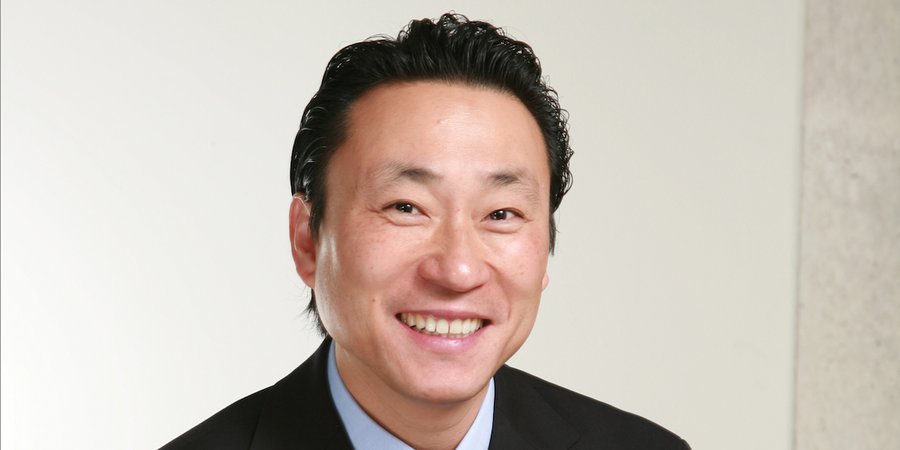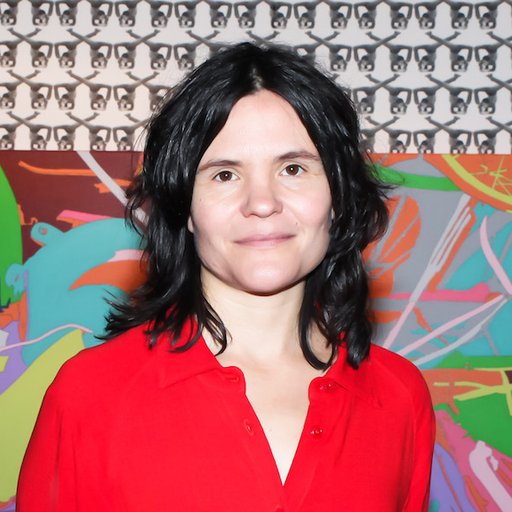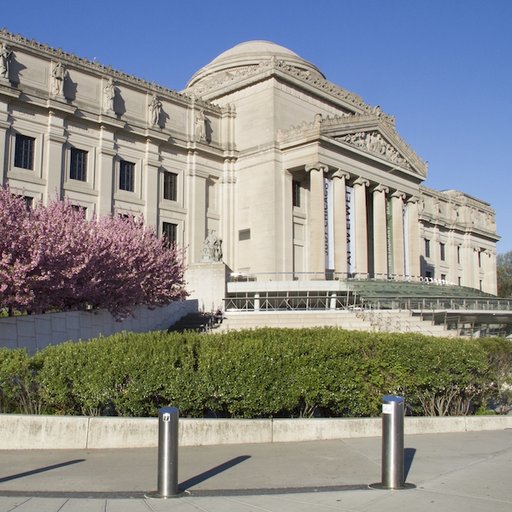In certain cerebral circles—at European festivals like dOCUMENTA, and back at home among her students at the Massachusetts Institute of Technology—Joan Jonas has been rightly hailed as one of the most important artists of her generation, an early adopter of video and performance art and one who brought a Feminist perspective to those male-dominated mediums.
Yet when MIT List Visual Arts Center director Paul C. Ha approached Jonas, 78, about nominating her as the U.S. representative to the 56th Venice Biennale, she didn’t think she had a chance of winning the commission. Her modest reaction was understandable; after all, the big American museums still have not given her the full retrospective treatment, and her multimedia work, with its layered narratives and slippery alter-egos, can be challenging to package and exhibit.
Fortunately Ha, a veteran of several Biennale selection committees, knew better. The proposal he put together with Jonas was accepted, and the announcement greeted with righteous enthusiasm—and, perhaps, incredulity at the news that Jonas’s multimedia installation, They Come to Us Without Words, will be only her second-ever appearance at the Biennale. (The first, in 2009, was just a spot in the international group show.)
The week before the vernissage (and a few days before the sad news of the passing of former MIT List director Jane Farver, who was in Venice working on the catalogue for Jonas’s exhibition), Ha took a break from installing to speak to Artspace about the supernatural and environmental themes of Jonas’s Pavilion, her ongoing experiments with technology, and her influence on a new generation of myth-makers and storytellers.
You’ve been working on this project since you arrived at MIT in 2011. How did you get started?
When I arrived at MIT, I realized that Joan was still teaching there. I had this idea that I wanted to propose her for the Venice Biennale, so I found her email and introduced myself—we had never met personally. I had a very nice lunch with her and I said at the end, "The real reason I’m having this lunch with you is that I want to propose you for the Venice Biennale." She said, "Oh, don’t do that, we’re never going to win!" I said, "I sat on those panels. I know that all you need is someone in your corner to defend your project, and it’s very possible that we can win."
We submitted the proposal, and about a year later we got the phone call saying we had won. Then we were off to think about the project and find her a studio in New York, and start fundraising.
The project incorporates video, drawings, objects, and sound. What will people see when they enter the pavilion?
Each of the four rooms are kind of similar, in that they all have the video projections, and some of the objects placed within each of those rooms are different. It’s all multimedia, and Jonas created all new videos for the project. Everything is site-specific and a lot of it was made here on-site, including editing the videos and the objects being placed within each of the rooms. She also brought some of the drawings with her from New York.
Jonas often recycles bits and pieces of earlier projects. Is that the case in Venice? This piece appears closely related to Reanimation, which was developed at MIT in 2010 and later shown at dOCUMENTA (13) in 2012.
Right. It uses footage [from Reanimation]. In the studio that she had for this project, she created a sort of stage and she would have actors perform while the videos were being projected.
Then there’s going to be a performance that happens in July. If you’ve seen her performances, you know that she uses a lot of video projections and imagery from previous exhibitions. A lot of the new videos created here will be used for the performance. It will be something that’s brand-new, and she’s just starting to think about what she’s going to do for the performance, although it was always her intention to have a performance tied to this exhibition. Jason Moran will be playing music for her, all three nights. She’s worked with him many times.
In the past couple of Venice Biennales, the art in the U.S. Pavilion has had an overtly political edge to it. I’m thinking of Sarah Sze’s undermining of the Pavilion’s Jeffersonian architecture (in 2013), and especially of Allora/Calzadilla’s militarized Olympic athletes (in 2011).
I think Allora/Calzadilla was more tied to the U.S. Pavilion, in that it had some political content to it. Jonas is more about world issues. A lot of the subjects that she’s worked with are about loss and nature, bigger issues as opposed to focusing on the United States.
I take it that you’re referring to the environment and climate change? Jonas has spoken about her earlier, related piece Reanimation as being connected to the melting of the glaciers.
Nature, loss of nature, decay. I think, especially it being Venice, some of the themes relate very nicely—loss and decay.
Ghost stories from Cape Breton Island in Nova Scotia, where Jonas lives and works during the summers, are also a big part of the work. How do they figure in the installation and performance?
I think the ghost stories are more about Joan’s ability to incorporate storytelling into her pieces. It’s more about narrative, myth-making, I guess loss as well.
The project is described as a “nonlinear narrative that evolves from one room to the next.” How will people flow through the Pavilion?
The way the Pavilion is laid out, there is an entrance and an exit. But I think most people will go back and forth, and experience the four rooms repeatedly.
How do you see this pavilion fitting into the Biennale as a whole, with its framework of different “Filters” proposed by director Okwui Enwezor? Jonas seems to have a very clear relationship to the filter called “Liveness,” for instance, which is about “the intersection of liveness and display” and the exhibition as a “continuous, unfolding and unceasing live event.”
I think Joan was just focusing on her body of work. She’s continuing her narratives, her ongoing telling.
I was fortunate to experience her large show at Hangar Bicocca in Milan [“Light Time Tales,” October 2, 2014 – February 1, 2015]. What occurred to me while walking through was that she’s always had these interrelated themes throughout her career. Walking around you really saw several themes, several characters, reappearing—herself, and other themes of masks and mirrors and dogs and nature. It was great to have that occur before the Biennale, because if one was able to see that exhibition you had a fantastic understanding of her past work. And here, a couple months after, it’s all new work.
How did the experience of having that large survey in Milan affect her preparations for Venice?
I don’t think she’d ever been able to see all her work in one setting. It was a great experience for her, to be able to walk through one big installation and see the connection, and the disconnection.
For some time now, she has been more famous in Europe than in the United States. For instance, she hasn’t yet had a major retrospective in a big Manhattan museum.
For me, that’s one of the most exciting things about this Venice Biennale—half a million people will visit and many of them will be Americans. And for the opening week all of the American museums will be here, the directors and the curators. The direction that Joan’s headed in is really exciting.
There’s a sense that this is a moment of overdue recognition for her, which I imagine creates a whole other set of pressures and expectations. How do you deal with that while also giving this project a chance to be seen and evaluated on its own terms?
I think she’s just thinking of this as another exhibition that she’s working on. I think, having sat on those committees that choose artists for the Venice Biennale, we’re not thinking about lifetime achievement. We’re thinking about what the potential is for the Pavilion. The jury is choosing the artist they want to see. I don’t think there’s ever discussion of “Let’s give it to this person because it’s long overdue.”
Jonas’s work harks back to the origins of video art and of performance. How do you think it speaks to the current moment? What made her such a clear choice to represent the U.S. at this Biennale?
Once the viewers visit the pavilion and experience the works themselves, they’ll realize that Joan is the most contemporary artist around today. Her installation encompasses videos, and projections, and monitors, and installation. It’s just so fresh, so current.
The choice of Jonas also says something, perhaps, about the high visibility of performance art today. She has said that performance first appealed to her, when she was starting out, because it was more open to women than other mediums like painting or sculpture. Now it’s part of the contemporary-art mainstream.
I think she’s always incorporated performance as part of her practice, because it’s just another medium for her. Performance is just another way that she can tell a story. We can always expect her to do a performance with an exhibition.
In terms of the growth in the number of people who are performing, we should see a lot more of that, both men and women. Most institutions now have a specific curator that only thinks about performance; that format will grow, and there will be more scholarship on it. MoMA only had a performance curator as of maybe four or five years ago. Just as every institution has had a painting curator, now every institution has to have a performance curator.
Do you see her influence in the work of younger artists working with performance?
She’s had direct influence on many artists, particularly because she taught at MIT for 16 years. One of her students was Jennifer Allora. But I also know that because performance art and installation are on the minds of young artists, to many of them Joan is a legend. These young people really idolize her. It was amazing to walk around Frieze with her. All of these students were coming up to her.
You’re presenting some of Jonas’s classic videos and installations at the MIT List Visual Arts Center this summer. What are her key pieces, the ones visitors to the Biennale really need to know about?
Organic Honey’s Visual Telepathy and Vertical Roll [both 1972] are Art History 101 pieces now. We specifically chose older pieces just so we could complement the new site-specific installation in Venice. The pairing is nice in that you go to Cambridge and you see these iconic, historic pieces, and then if you’re able to come to Venice you see all new site-specific artwork and this new trajectory that Joan is setting.
How has the project evolved over the long planning and installation process?
I think Joan has a strong, clear vision, but she’s always correcting herself. She’s very quick to react to the last action that she’s done. She shot the videos in New York, creating props and other materials, and then the videos and the props were brought to Venice and now she’s rearranging, rethinking, placing. One of our big dilemmas is that we want to have a catalog ready, but we’re not going to have installation shots until the very end. I’m sure that Joan will be moving things around until the last minute!
























